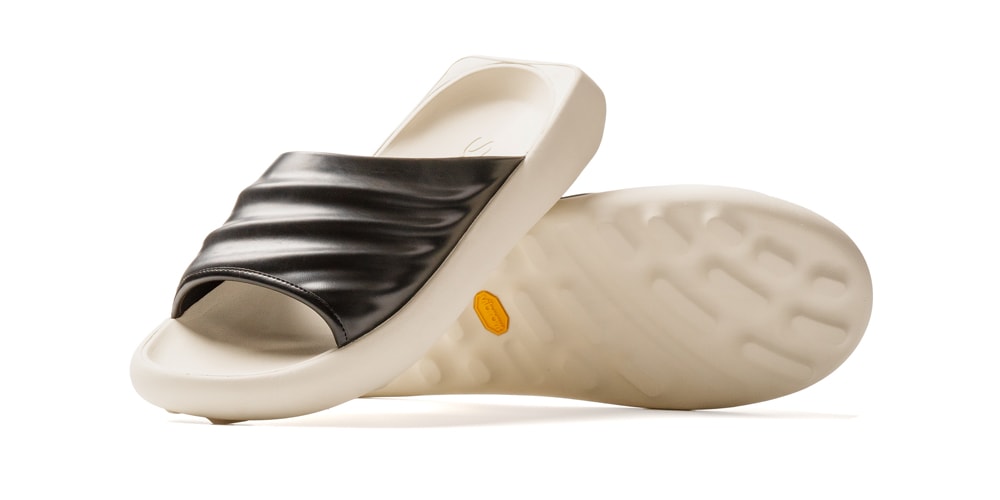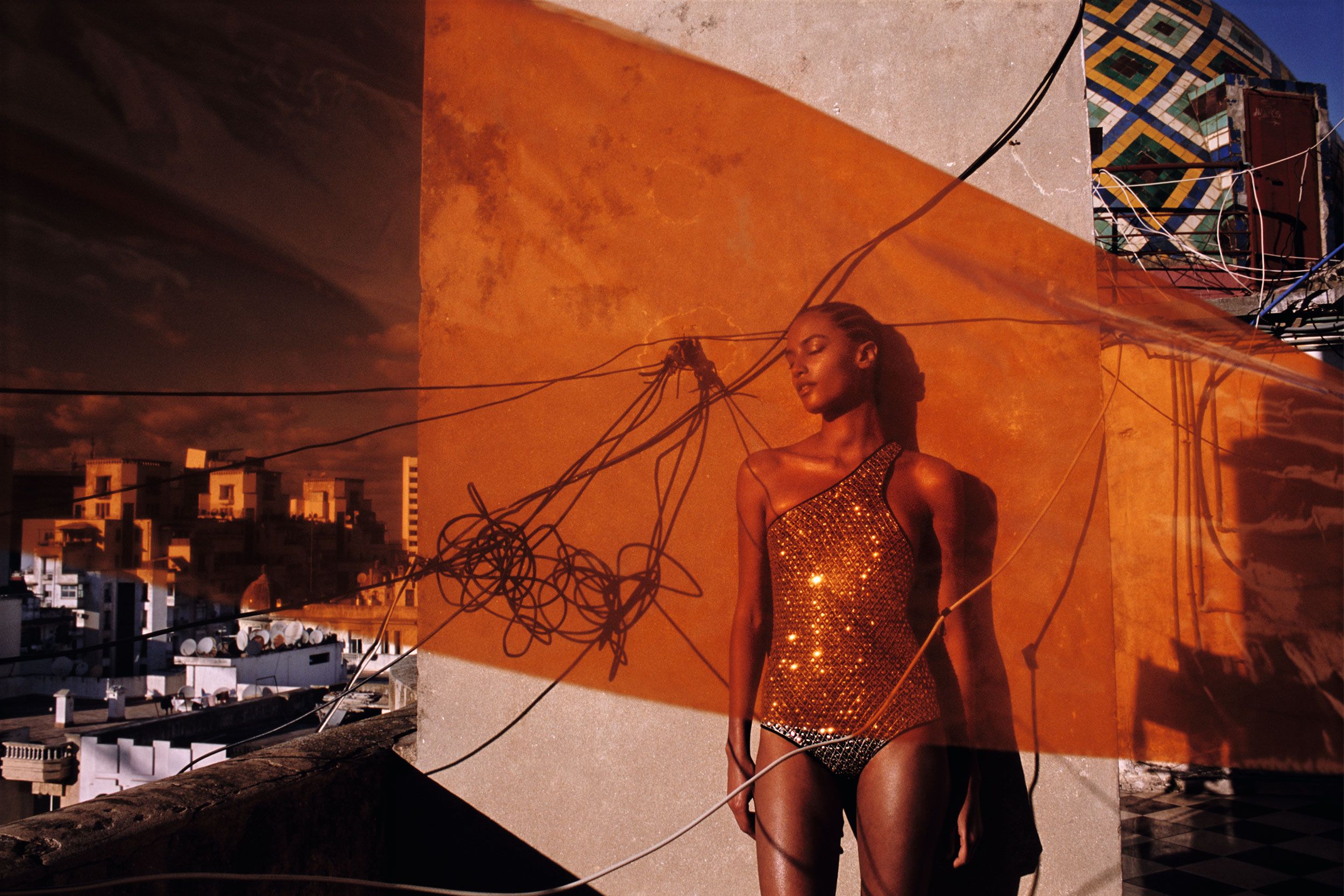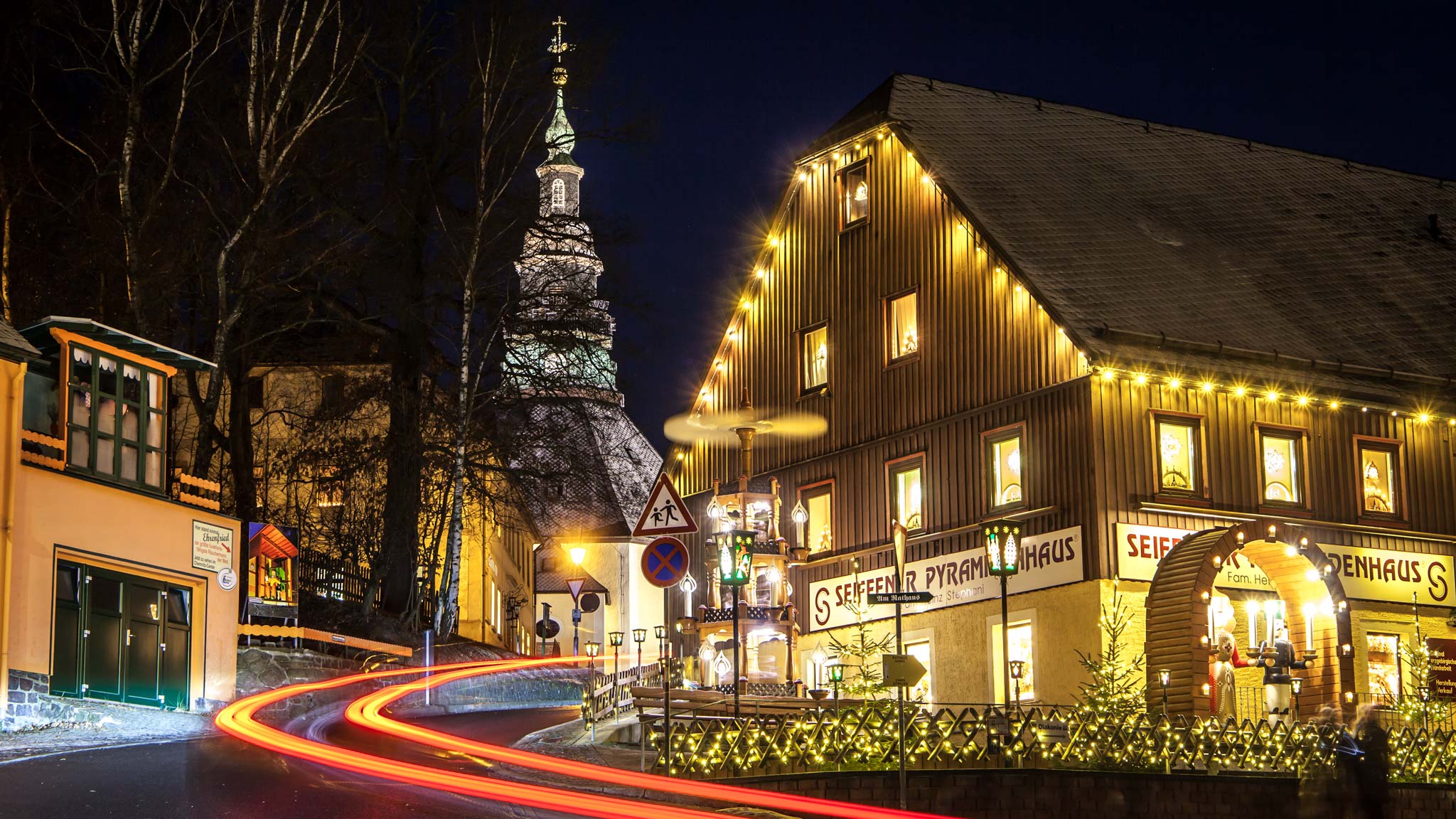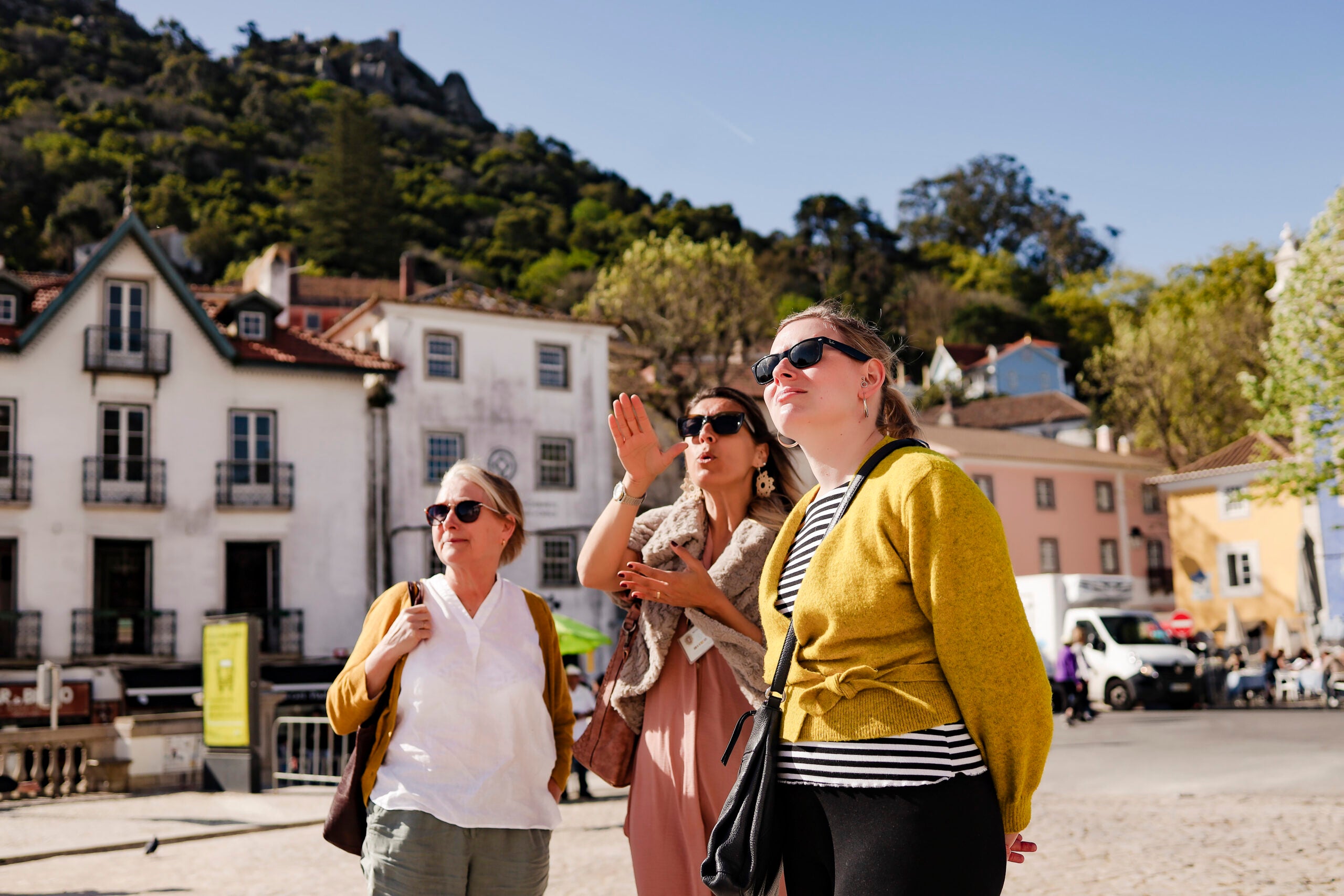The 8 best things to do solo in Shanghai
If you're visiting Shanghai alone, you'll find a great selection of culture, nature and food to keep you entertained. Here are our top eight picks.

Shanghai is many foreign travelers’ first impression of China, since it's a major flight and cruise hub with global connections.
With the recent expansion of China’s visa-free transit policy to 240 hours in-country, even the most reluctant of solo travelers may find it hard to pass up an opportunity to escape the airport and build in a long layover to see a bit of what the area has to offer.
As one of China’s busiest and most cosmopolitan cities, Shanghai is also the place you’re least likely to stand out as either a solo traveler or as a foreigner, making it a great introduction to solo travel in the Middle Kingdom. 
1. Start on the shores
First-time travelers to Shanghai should start with the city’s iconic modern face; the Bund and Pudong on opposite banks of the Huangpu River. To the west is the Bund, a waterfront promenade backed by European colonial-era architecture from the end of the Opium War. To the east is Pudong, a symbol of modern China’s economic transformation, going from farmland to skyscrapers in less than 40 years. Taken together, the two represent nearly 200 years of Shanghai’s development at just a glance.
Planning tip: Skip the touristy Sightseeing Tunnel train under the Huangpu River, and instead catch the Metro Line 2 across for around one-twelfth of the price.
2. Make a long stop at the Shanghai Museum(s)
Museum lovers understand the pain of being dragged away by a less-interested travel partner, so take the opportunity for a leisurely visit to the Shanghai Museum – either the classic People’s Square branch or the massive newly opened Shanghai Museum East branch dedicated primarily to traditional Chinese landscape paintings, calligraphy and sculpture as well as rotating temporary exhibitions.
Planning tip: Both branches are popular, and visitors should register in advance for admission on the museums’ website.
3. Then Visit Shanghai’s historic side
While Shanghai’s international image is of modern skyscrapers, the city’s heritage architecture is also worth a visit. The Yuyuan Garden (Yu's Garden) and Shanghai City God Temple are the highlights, originally built during the Ming Dynasty and exceedingly popular with domestic tourists, but the entire neighborhood that surrounds them is full of renovated old streets that in addition to being photogenic are packed with excellent options for trying traditional Shanghai cuisine.
Planning tip: Solo travelers in particular may be approached in this area by young women who want to go somewhere to practice English or join a tea ceremony – it’s probably a scam where the teahouse ends up charging astronomical prices for tea and snacks, so unless you want to blow this week’s travel budget they’re best avoided.
4. Get into the in-between
The unique Shanghai blend of traditional Chinese and Western elements known as shikumen once made up more than half the homes in the city, but redevelopment has seen these small courtyard homes slowly disappear. Two of the best-preserved areas are the Tianzifang and Xintiandi districts, both partially pedestrianized areas full of small boutiques, cafes and restaurants; the former leaning more into the Chinese side of its heritage and the latter more popular for European cuisine and a night out.
Detour: In Xintiandi, stop by the Shikumen Open House Museum to learn more about the stone-gate house alleyways that once dominated Shanghai residential areas. 
5. Sup on soup dumplings
Shanghainese will tell you that the city’s cuisine is the best in China, and while sweet sauces and fresh seafood are tasty enough, there’s no denying that Shanghai makes some of the best dumplings around: the xiao long bao. These little basket dumplings, served on a steamer plate and near-bursting with meaty broth, are likely to leave their mark on your palate from the very first bite.
Less iconic but no less tasty, guotie potsticker dumplings are pan-fried until crispy and then steamed to finish cooking. Once a street food staple of early morning Shanghai, they’re still popular for breakfast but can be found all through the day. Either option is great for the solo travelers – not only will you not have to share, but who’s to judge if you go back for a second round?
6. Feast on food streets
While Shanghai sees its share of fancy restaurants covering a swath of world cuisines, some of the best meals in the city can be found on pedestrian-friendly food streets lined with small restaurants serving specialties from Shanghai and other regions of China.
The most conveniently located are Yuyuan Old Street near Yu’s Garden and Wujiang Road Food Street near People’s Park – the xiao long bao at Jia Jia Tang Bao on the latter are among the best-known in the city, as well – but Xiangyang Road in the French Concession is arguably better value and just as good for a quick snack or a hopping solo feast across several venues. 
7. Enter the marriage market
You may not need to stay solo in Shanghai – visit the marriage market on weekend afternoons in People’s Park, where worried parents print up advertisements of their dearest unmarried children. Age, sex, location and income are just the starting point – though some suitors remain unaware of their on-the-market status until the calls start coming in, so don’t be surprised if your future love isn’t quite expecting you. 
8. Travel with the people
If you don’t yet have a potential mother-in-law to impress, skip taxis and traffic to travel on Shanghai’s excellent public transportation. Twenty Metro and suburban train lines and two separate airport trains can take you to very nearly anywhere in the city you would imagine traveling, and the extensive bus network gets you the rest of the way.
Note that the maglev train from Pudong airport, while certainly a novelty, costs about five times as much as the Line 2 metro and only runs as far as Longyang station on the metro, where riders must switch to metro or taxi the rest of the way into the center.
Planning tip: For short visits, the one- and three-day Metro passes are the best-value options to travel around the city.


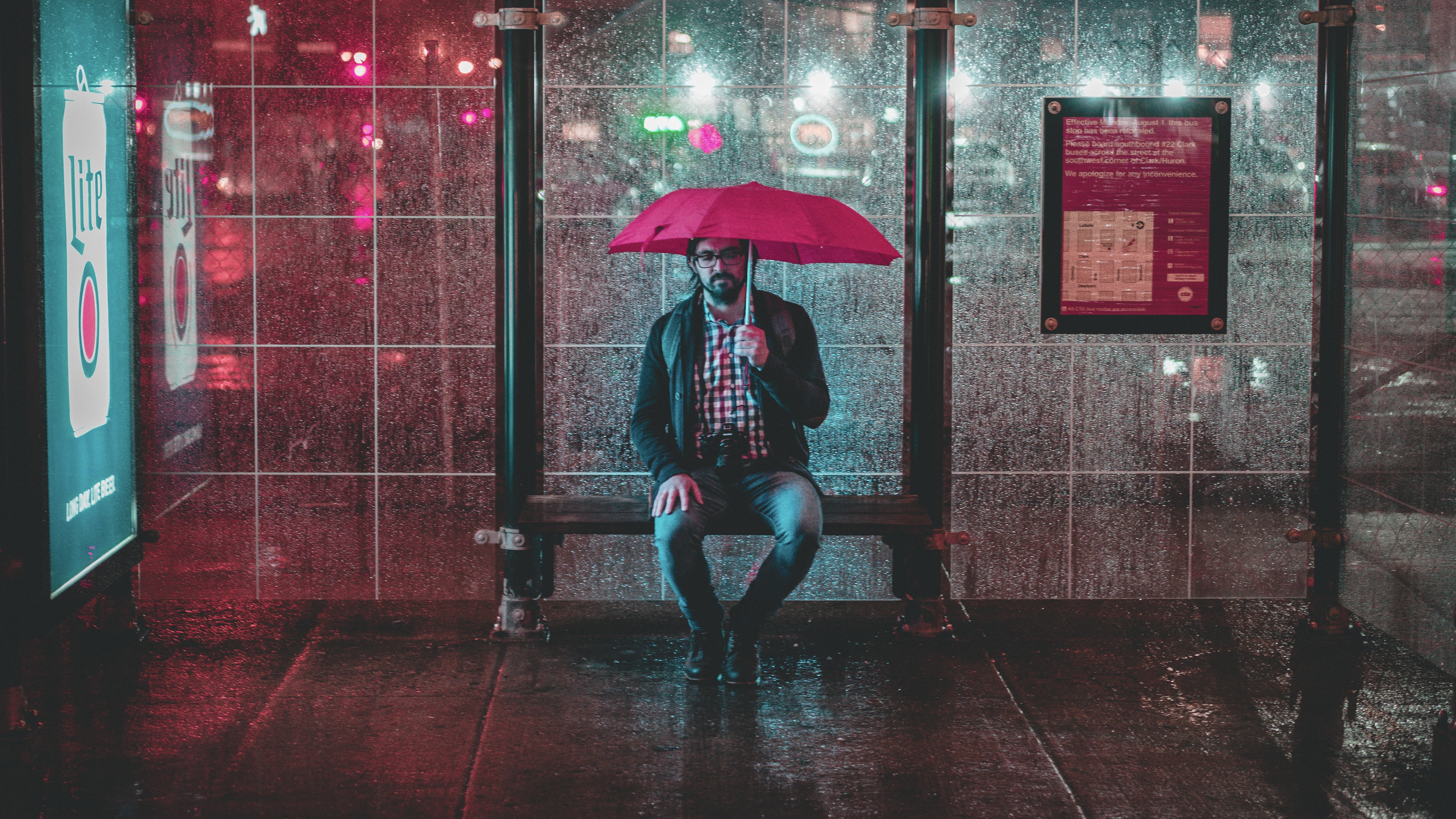
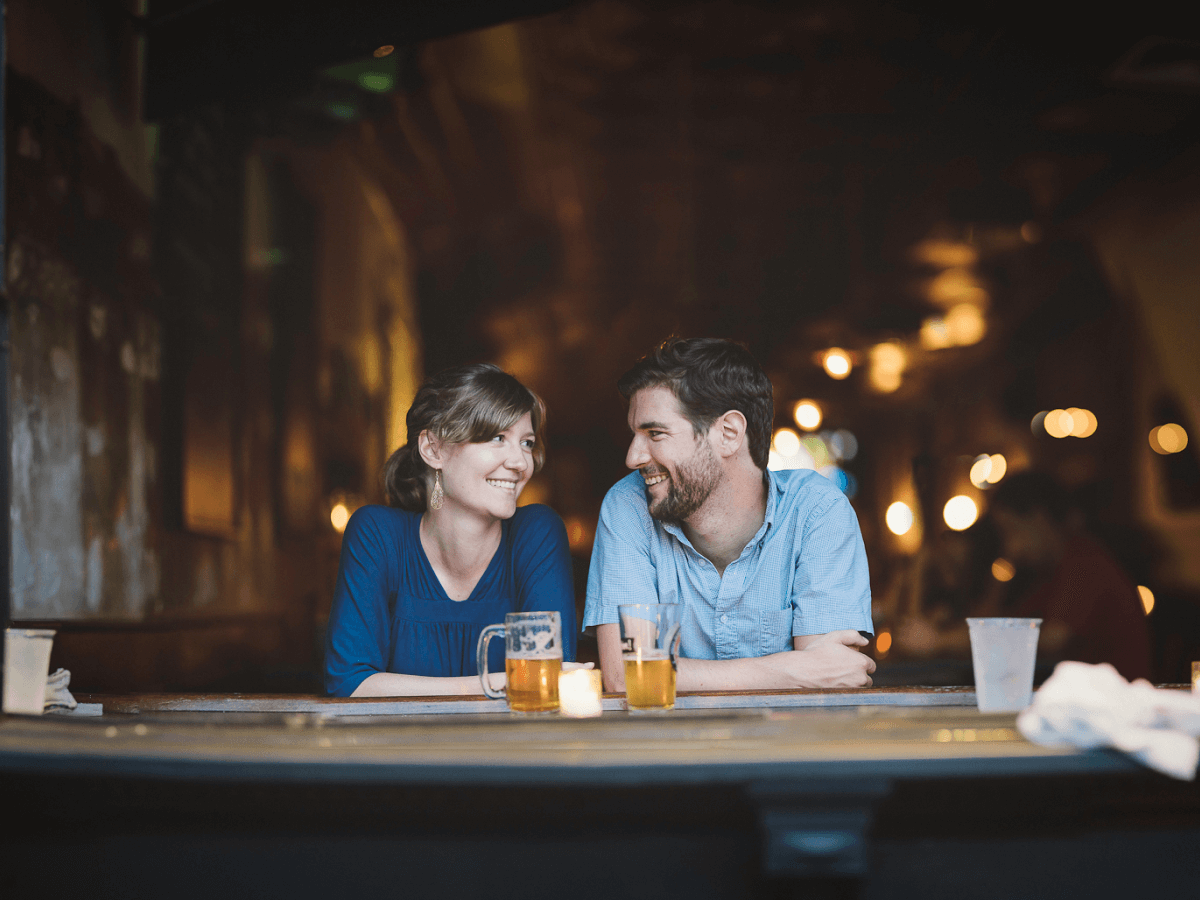





























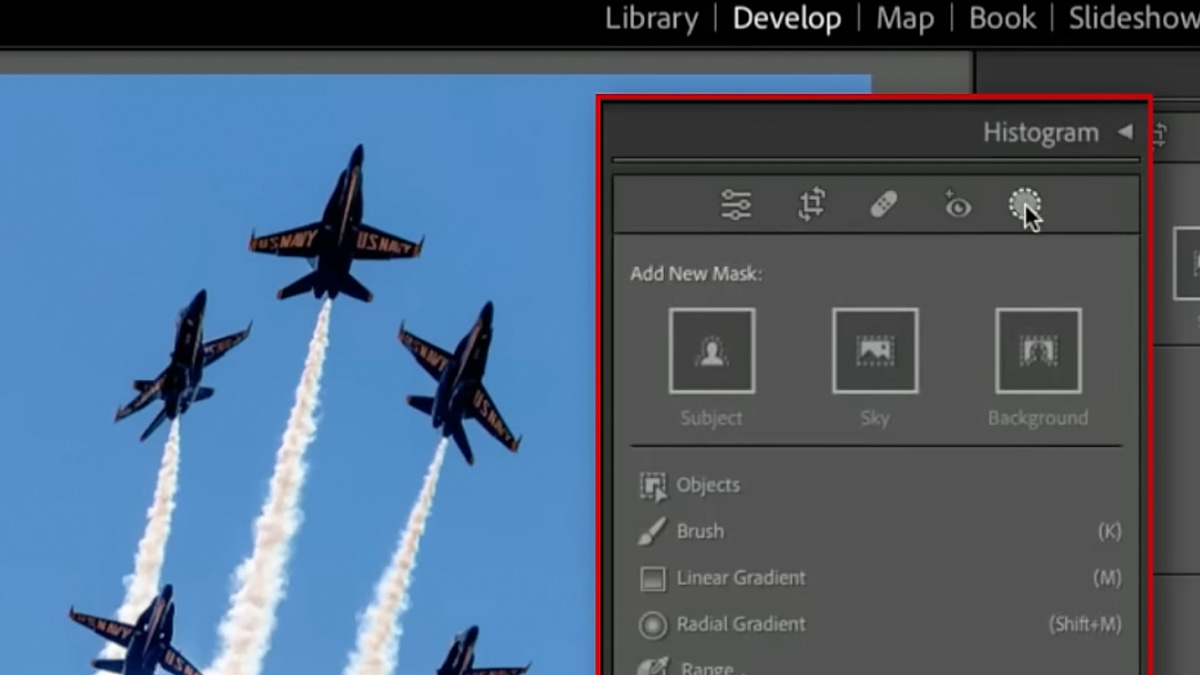



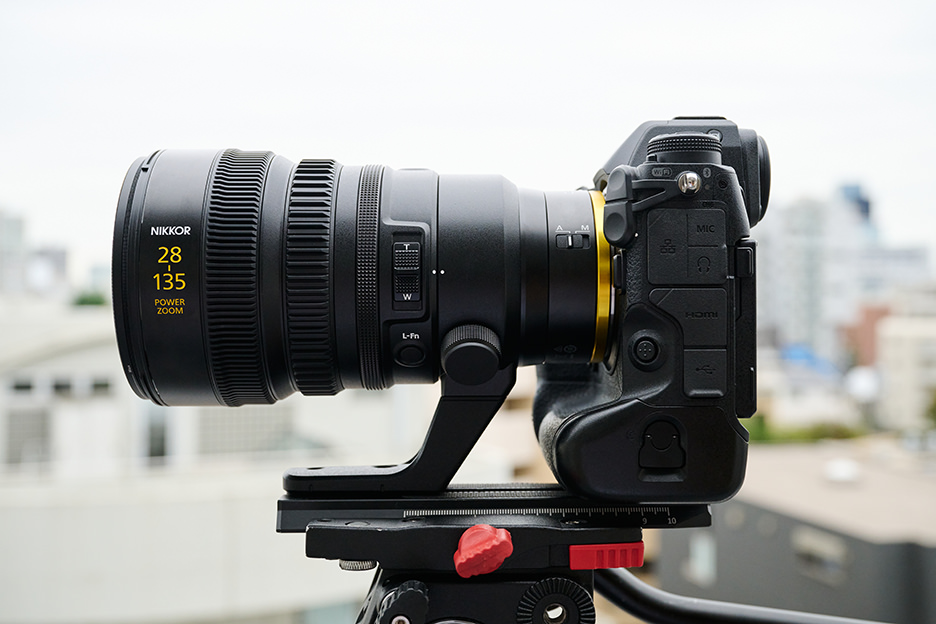












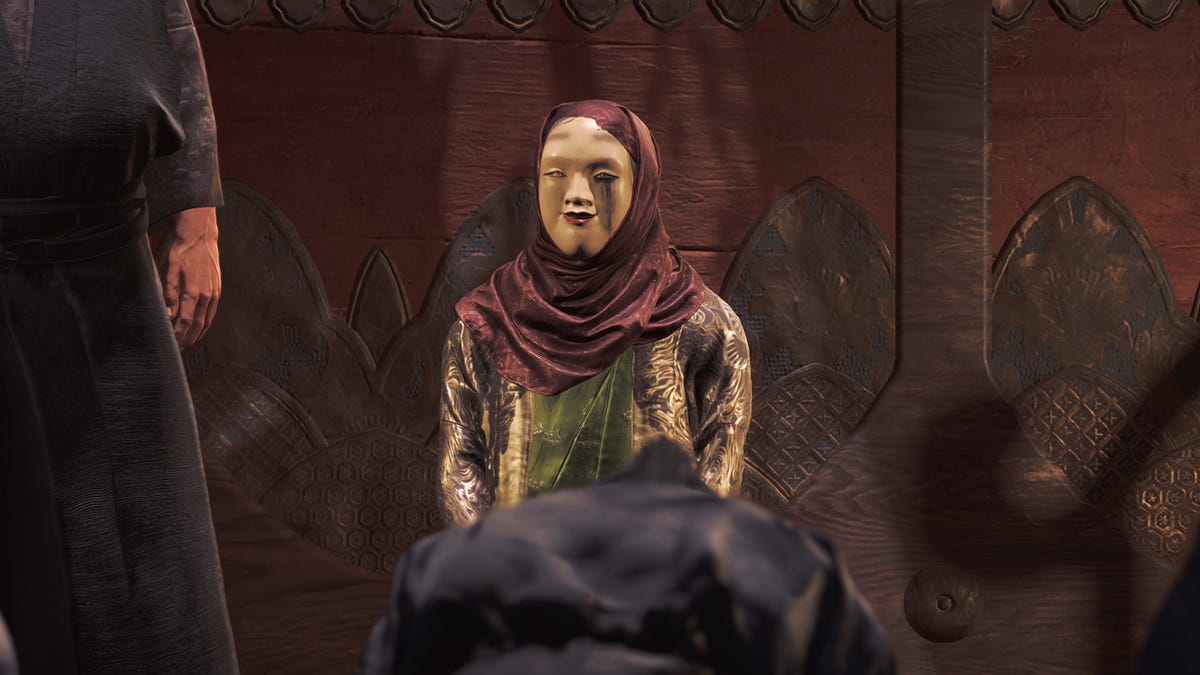









































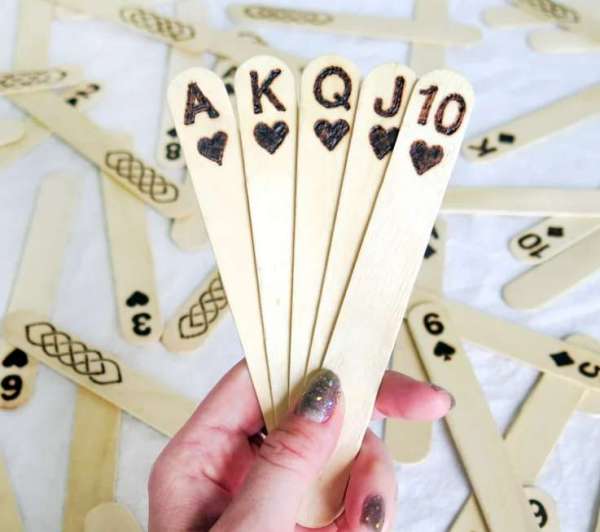













































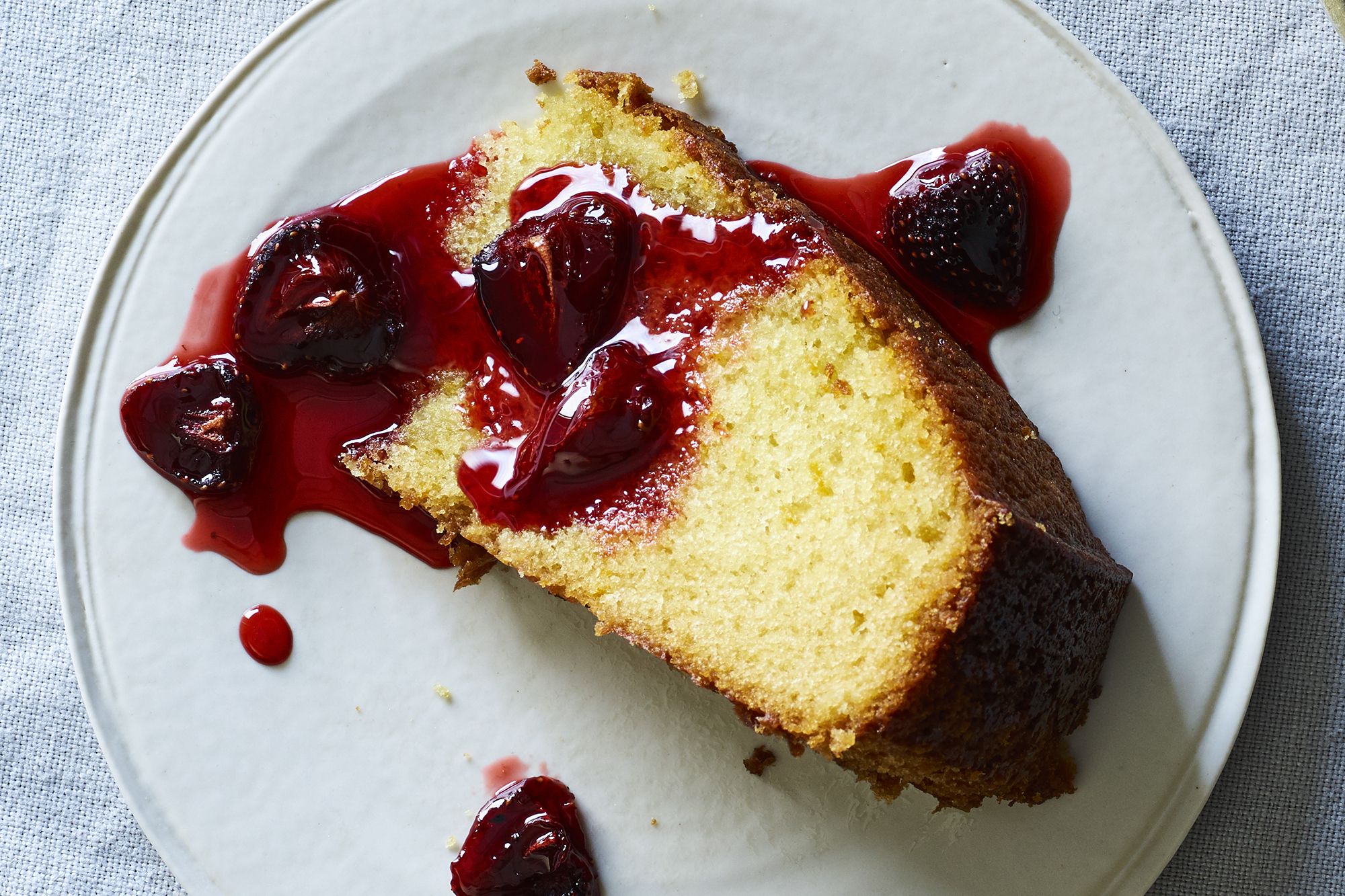





























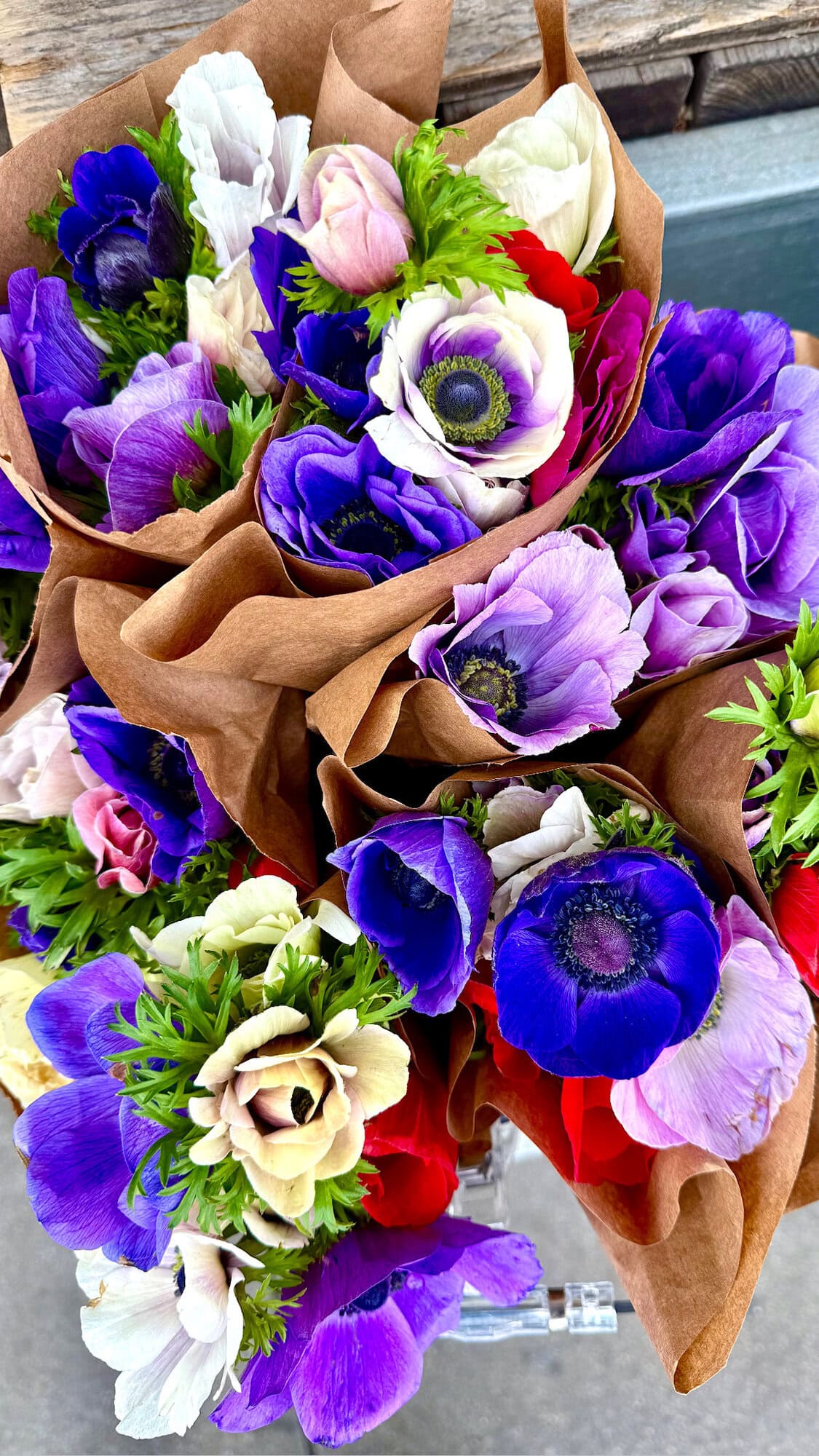





.jpg)

.jpg)
.jpg)




